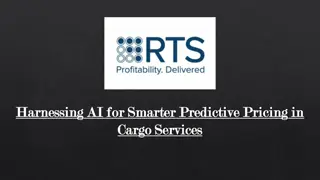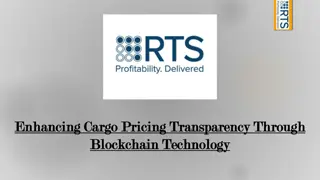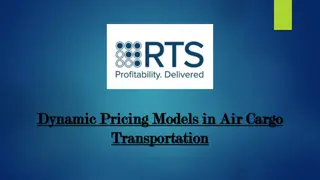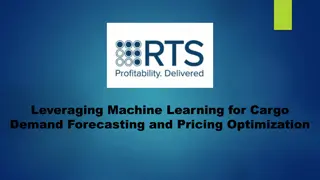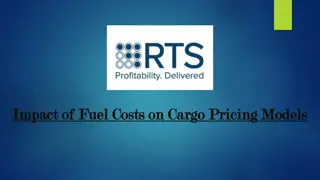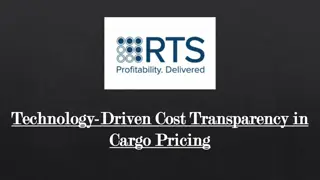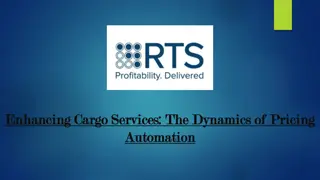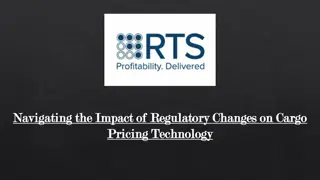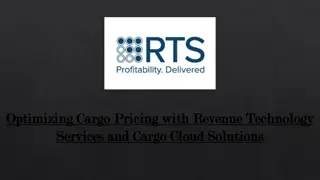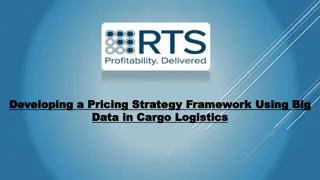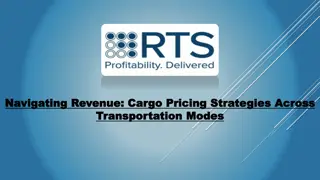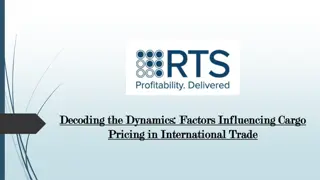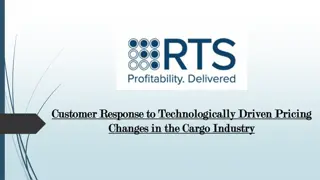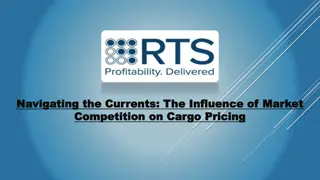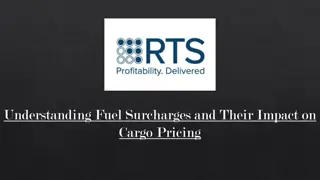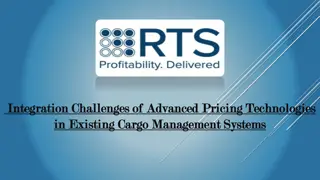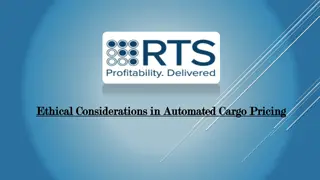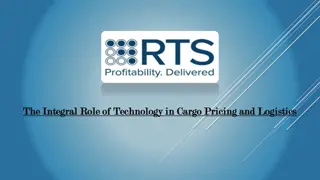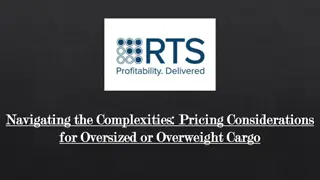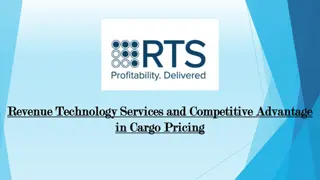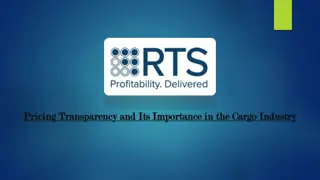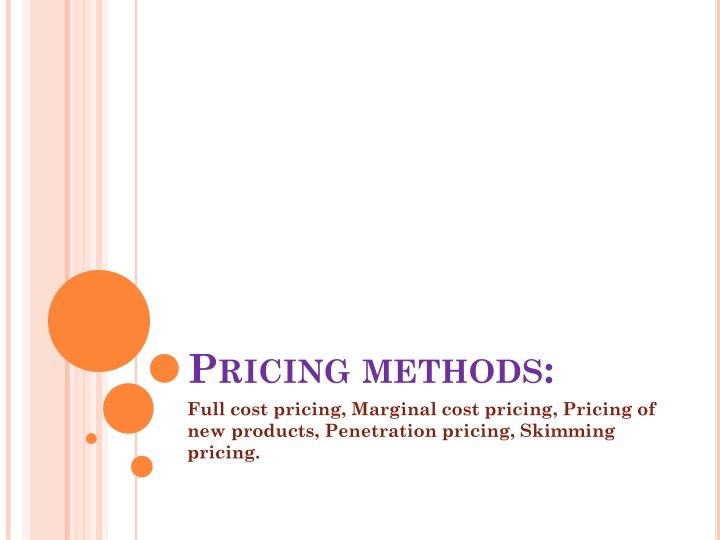
Marginal Cost Pricing in Business Operations
Discover the concept and advantages of marginal cost pricing, a strategic method utilized by businesses to determine product prices based on additional production costs. Learn about its benefits and limitations for sustainable pricing strategies in the market.
Download Presentation

Please find below an Image/Link to download the presentation.
The content on the website is provided AS IS for your information and personal use only. It may not be sold, licensed, or shared on other websites without obtaining consent from the author. If you encounter any issues during the download, it is possible that the publisher has removed the file from their server.
You are allowed to download the files provided on this website for personal or commercial use, subject to the condition that they are used lawfully. All files are the property of their respective owners.
The content on the website is provided AS IS for your information and personal use only. It may not be sold, licensed, or shared on other websites without obtaining consent from the author.
E N D
Presentation Transcript
PRICING METHODS: Full cost pricing, Marginal cost pricing, Pricing of new products, Penetration pricing, Skimming pricing.
MARGINAL COST PRICING Marginal-cost pricing, is the practice of setting the price of a product to equal the extra cost of producing an extra unit of output. By this policy, a producer charges, for each product unit sold, only the addition to total cost resulting from materials and direct labour. Businesses often set prices close to marginal cost during periods of poor sales. If, for example, an item has a marginal cost of $1.00 and a normal selling price is $2.00, the firm selling the item might wish to lower the price to $1.10 if demand has waned. The business would choose this approach because the incremental profit of 10 cents from the transaction is better than no sale at all
ADVANTAGES AND DISADVANTAGES OF MARGINAL COST PRICING Advantages It is a relatively simple pricing method - quick to calculate and easy to implement Can help to smooth fluctuations in demand. It can be very useful where the firm has spare capacity and may not be able to put its resources to other, perhaps more profitable, uses. Can be a useful way to attract other different market segments into the market e.g. low peak train travellers may be attracted by lower prices and only travel during the day because of low prices - they may not otherwise have travelled. Can be a good way to remain in business and price- competitive in a time of difficult trading. Prices can then be raised later when the economic situation improves.
Disadvantages Not sustainable as a long-term pricing strategy as the firm will need to recover the full costs of production. Can result in lower price expectations and make it more difficult to raise prices again at a later stage. If markets are not fully separated then there can be leakage between the markets with different prices. Customers who might have paid a higher price may take advantage of the lower marginal cost price.

